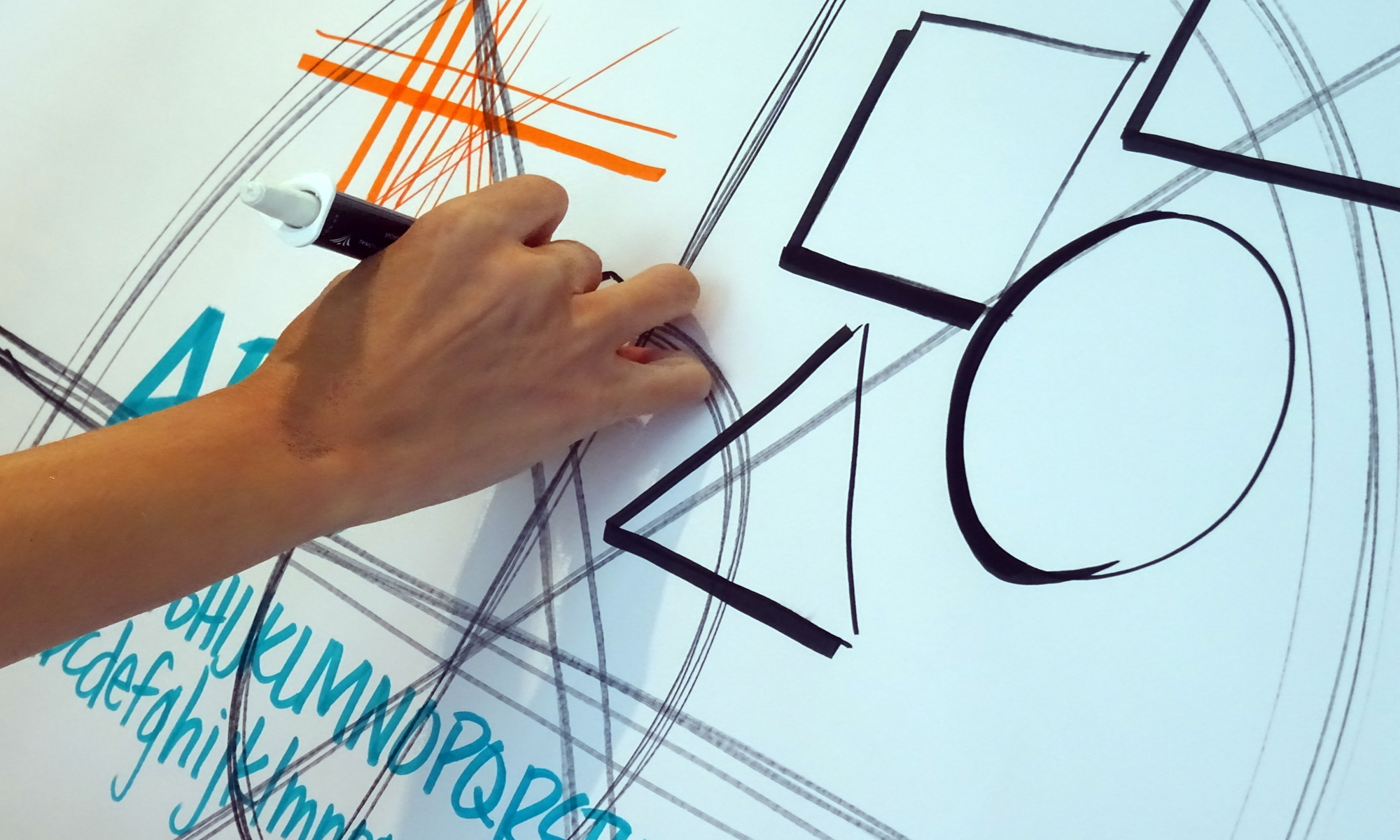
Today’s alternative dispute resolution conferences and publications are focusing in on themes such as innovation and creativity. Titles such as “Creativity in Collaboration,” “New Frontiers in Mediation” and “Putting the Spotlight on Clients,” reflect our profession’s appetite to evolve the way we deliver services to better meet clients needs and expectations.
So what does it mean to be innovative?
One definition of innovation is “the application of better solutions that meet new requirements, unarticulated needs, or existing market needs.” As Tony Robbins puts it, “Innovation is any way you find a way to do more for a client than anybody else does.” He encourages us to, “fall in love with our clients and not with our product or service, because our product or service is going to have to change.”
The need to evolve means we have to resist the urge to stick with familiar ways of delivering alternative dispute resolution services. We have to question why we do things the way we do. We have to look honestly at the degree to which our service delivery has been influenced by the traditional legal system. We have to get more curious about our clients needs and expectations.
The challenge is to put our clients at the center as we re-think the ways we deliver service, and be willing to step out of our comfort zones, to create new styles/approaches or learn new ways of doing things.
Consider these questions:
Perhaps one of the greatest unarticulated needs clients have is the method of communication they need to be able to think, focus and solve their problems best (especially when under stress in conflict).
Research shows that 90% of all information sent to the brain is imagery, 83% of learning happens visually, and that people retain 80% of what they see versus 10% of what they hear. Now, understanding that the majority of clients who come to you are best able to comprehend, process and remember information when it’s visual, consider one more question:
What percentage of your mediation services are delivered verbally versus visually?
Bringing visual language into your practice is a creative and innovative approach that helps ensure information is getting across to your clients in the way they understand it best.
Taking important thoughts from verbal conversations and turning them into visuals on large sheets of paper (or a whiteboard) in real-time makes them tangible. Everyone sees and contributes to the same set of shared notes as meaning is made together. It not only helps everyone understand what’s being said better, it also demonstrates to people that they are being understood. This collaborative act in itself has a mediation effect.
Now, if the idea of drawing live in front of your clients is waaaaaay beyond your comfort zone, don’t fret. Drawing ≠visual language. Drawing is only one small part. Leave imagery off the table completely and you can still represent thoughts visually in meaningful ways using other components of visual vocabulary (such as color, line, shape and placement of words).
Since visuals are a universal language among humans, we naturally decipher the meaning of visuals. When that meaning we instinctively know is decoded for us, we’re suddenly able to then “speak” using visual language to express ideas with color, line, shape, etc., in highly meaningful ways.
If you’re already taking notes on your own notepad because it helps you stay focused on the most important parts of the discussion, the next step is to put your clients at the center and think about what would be helpful for them to see during the conversation.
When you learn to use visual language, you’ll open a whole world of exciting possibilities to evolve the way you deliver your services.
If you’re interested in learning more about adding visual techniques to your mediation practice, check out my FREE 3-part training series. Discover how to become more effective by using visual communication to help your clients resolve their disputes.